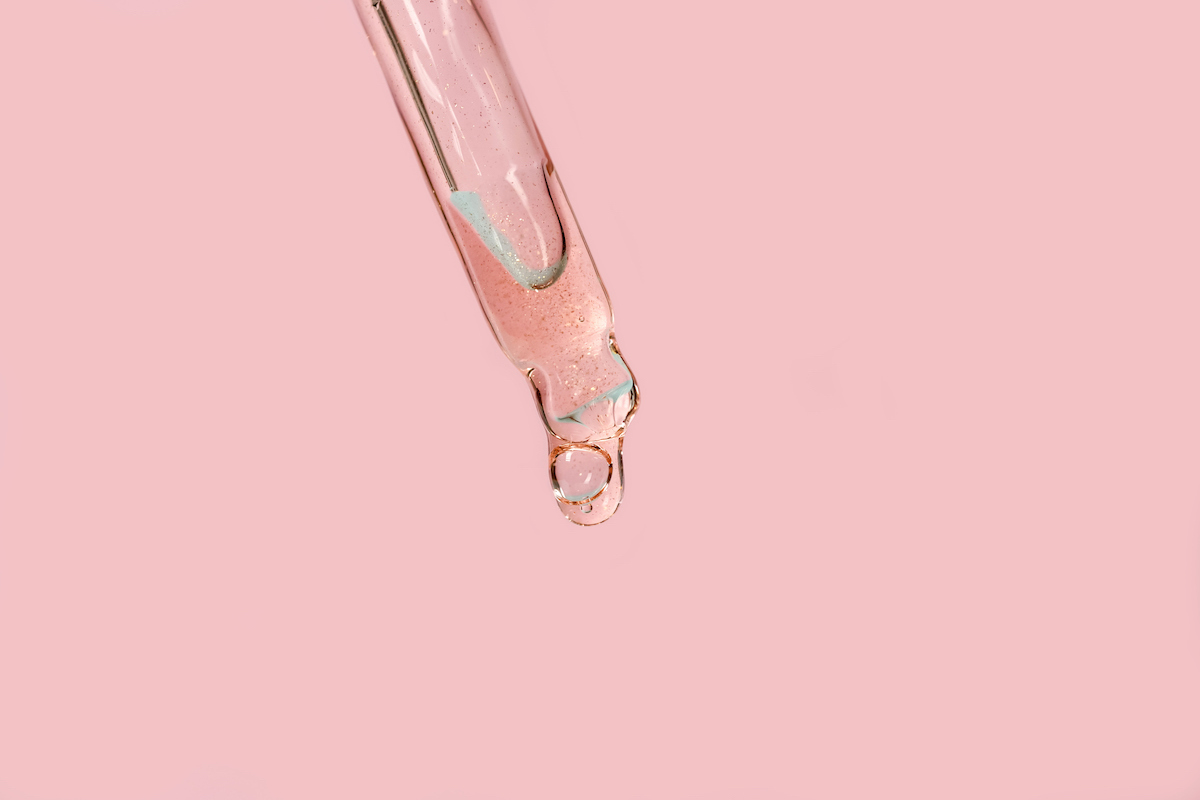When I gave birth to my first child, I pushed for over two hours. Or maybe it was four hours? Or a whole day? It blurs. Anyway, it was an extremely long time. I did it for the whole time on my back, in the “traditional” (for hospital births in the Western world in the modern era) position. I had a wonderful doula during the birth, and Jesse told me afterward he could tell she didn’t think much of the “pushing on your back” plan.
This approach of giving birth on your back, while common in the U.S., often comes under scrutiny. Some people argue this is only done to make it easier for medical providers and isn’t optimal for women. A closely related question is on position in early labor. Is lying in bed for the entire period of labor really the best option? Or would you be better off walking around?
Before we go further, it’s important to note that you don’t get to plan your labor. We may have preferences for how things go, but what happens is largely out of our control. You cannot plan the perfect labor just like you cannot “fail” at labor.
That said, years too late for me, I am going to answer the question of labor position. Was our doula right?
Stages of labor
Labor has three stages. The first is the part of labor when the cervix dilates to 10 centimeters. This is, itself, separated into stages: early labor, active labor, transition. The second stage of labor is the pushing stage, and the third is the delivery of the placenta. In general, the first stage of labor is the longest and the third is the shortest.

When we think about birth position, we’re really talking about the first and second stages. In the third stage, pretty much everyone is lying down (and it’s short).
First stage of labor
During the first stage of labor, the key question is whether you will labor in bed or be able to walk around, sit on a ball, or do various other things. In some hospital-based birthing setups, laboring in bed is common. This is especially true with an epidural. Even without, in some cases a desire for continuous monitoring makes this approach common.
However: there is good evidence that labor is shorter and outcomes are improved when women are able to be upright and walking around during labor.
The best place to see this comprehensively is in this Cochrane review — a systematic meta-analysis of randomized controlled trials — that combines 25 randomized trials of about 5,200 women. The review is careful to note that not every trial in this set is ideal from a methodology perspective, and most are small.
Taken together, the trials show clear evidence of a shorter labor for women who are randomized to the upright, walking-around condition (rather than “care in bed”). The difference is about 1 hour and 20 minutes on average, with larger differences for first-time mothers. This difference is significant, and it’s a fairly long time.
The women randomized to the walking-around conditions were also less likely to have a cesarean section (about a 30% reduction on average across trials). On the other hand, there were no significant differences in infant outcomes.
What to take from this? It seems clear that if there is an option to walk around during labor, or do anything other than sit in bed, that is a good idea. This is more likely to be possible if you do not have an epidural, but at this point many epidurals can be done in a way that you can have at least some mobility.
Second stage of labor
In the second stage of labor, the question is slightly different. Typically people do not walk around during this labor stage, but there is still a question of position. You could push lying down or you can push upright, in a squatting position or similar. Is one better?
First, we can look at the length of time. The data here is not very consistent. There is a Cochrane review, and it includes 32 trials with about 9,000 women. But the results are inconsistent across trials, with some finding effects and some not. When they are averaged, the result is about a six-minute reduction in pushing time on average. For women who have an epidural, a review finds no evidence of a change in pushing time. Another paper, using a slightly different approach, finds a 20-minute reduction.
Generally, these effects are a lot smaller and less meaningful than the first-stage effects.
The other outcome of primary interest in the second stage of labor is perineal tearing. Here, the evidence is more mixed. There is some evidence that a squatting position during birth might slightly increase the risk of severe tears, but other review evidence doesn’t show a link. This is clearly significantly less important in determining tearing than things like baby size, whether there is an episiotomy performed, or baby position.
Bottom line: No position is obviously better or worse in this stage based on the data.
How safe is water birth?
As part of these conversations, sometimes people ask me about water birth. Is that a safe option? A better option?
This is the type of question where, before I even start looking into it, I am fairly sure we will not have a good answer. Why not? The main issue is that this is a hard thing to do randomized trials on, and comparing women who had a water birth with those who did not opens up questions about how those groups might be different.
There is one study in the U.K. (the “POOL” study) that compared outcomes for these two groups. The study is not randomized, but it is very large — almost 75,000 women — and about half of them gave birth in the water. The authors found no differences across the groups in any maternal or neonatal outcomes.
This is promising, but there are many unanswered questions, such as is water birth less painful? We don’t know, based on this study or any others. Maybe someday we’ll have randomized data here. In the meantime, the safety evidence looks good, which is encouraging if you want to try it (and if you have the option, which is much rarer in the U.S.).
Closing thoughts
It was interesting to revisit this question with the benefit of hindsight. I think if I had all this information back in 2011, I would have been more aggressive about the need to walk around during labor, and maybe tried to influence the second-stage position.
Would it have mattered? Perhaps a bit. But it’s also a case where the effects are, in any event, small. There are some things during birth where the evidence is more compelling — the recommendation against routine episiotomy, for example. This is one where personal preference, and hospital constraints, are likely to be important factors alongside the data.
The bottom line
- Labor is defined by three stages, with the first stage of labor being the longest and the third stage (delivering the placenta) the shortest. You cannot “win” labor or plan for it, so even if you come ready with a birth plan, remember a lot happens out of our control.
- The first stage of labor can be anywhere from a few hours to a few days. This is where you decide what kind of labor you’d like to have, whether you’re walking around, lying in bed on your back, sitting on a ball, or other methods.
- The second stage of labor involves the most pushing, with perineal tearing and length of time being the biggest concerns. Data is inconsistent on whether labor position can reduce the amount of time spent pushing, while there are conflicting studies on if laboring in a squatting position increases the risk of severe tears.
- While water birth is generally considered safe, there are few trials studying the outcomes, plus many hospitals do not provide water birth options.















